In the realm of conservation biology, scientists are pushing the boundaries of possibility by exploring ways to resurrect species that have vanished from our planet. Advances in genetic engineering and cloning technologies are opening new doors for the revival of extinct species. Here, we delve into the fascinating world of de-extinction and highlight 10 species that science is diligently working to bring back from the brink of extinction.
1. Woolly Mammoth (Mammuthus primigenius)
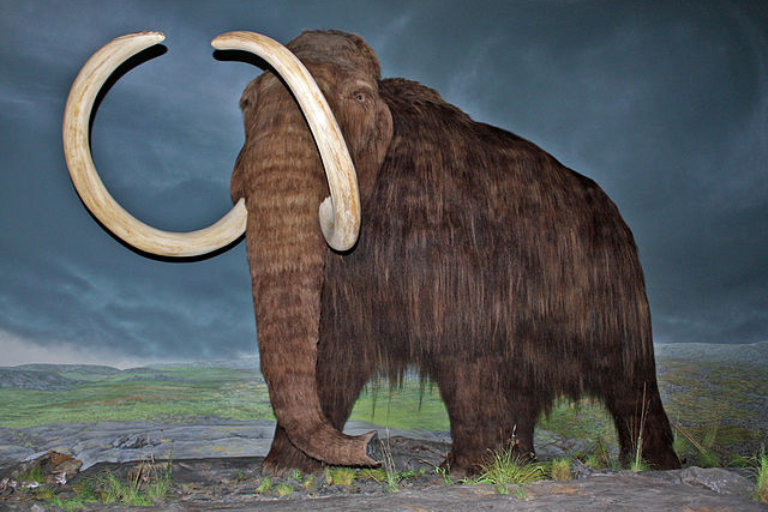
Imagine encountering a creature from the Ice Age – the majestic woolly mammoth. Researchers are using genetic engineering to introduce mammoth traits into Asian elephant DNA, aiming to create a hybrid mammoth-elephant.
2. Passenger Pigeon (Ectopistes migratorius)
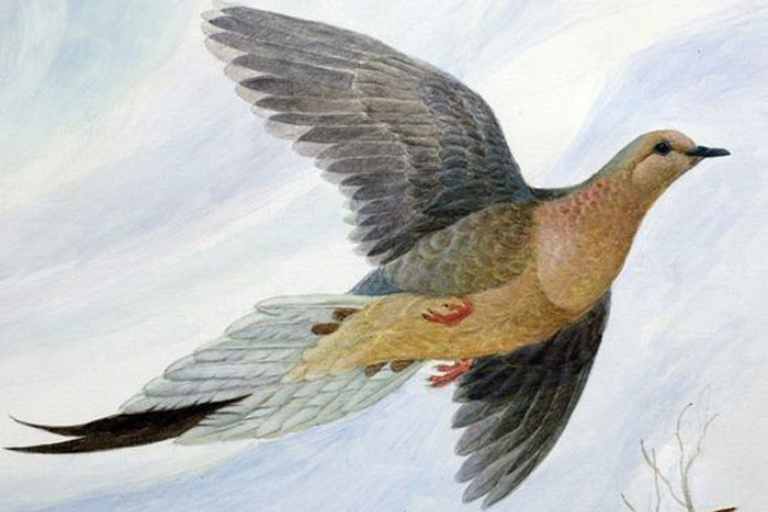
Once numbering in the billions, the passenger pigeon went extinct due to overhunting and habitat loss. Researchers are exploring genetic editing techniques to revive this lost species, with hopes of reintroducing them to their native habitats.
3. Tasmanian Tiger (Thylacinus cynocephalus)
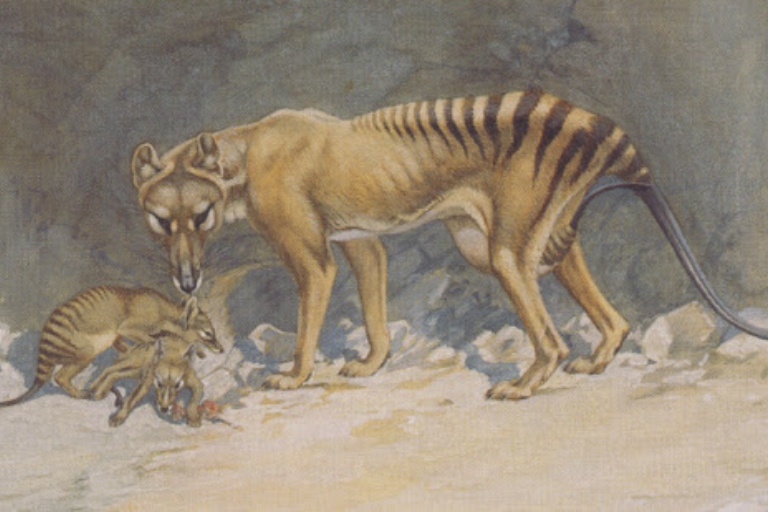
The last known Tasmanian tiger died in captivity in 1936. Scientists are investigating the possibility of cloning this unique marsupial using preserved DNA, potentially restoring this iconic Australian species.
4. Pyrenean Ibex (Capra pyrenaica pyrenaica)
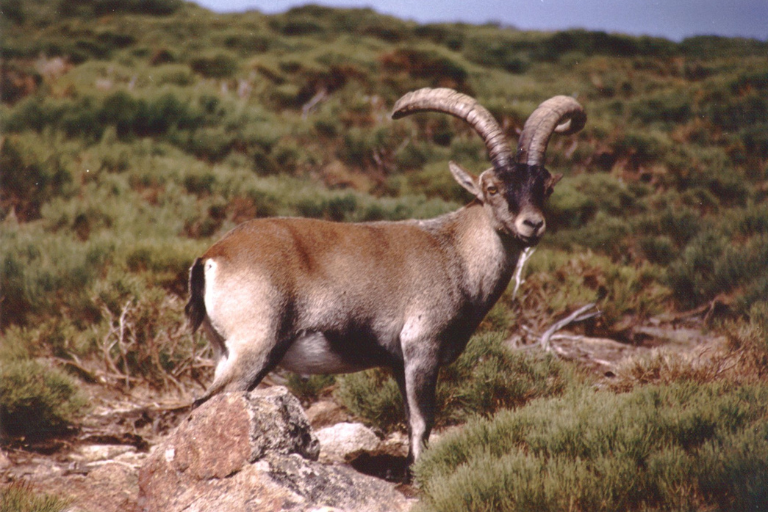
In 2000, the last Pyrenean ibex died, making it the first extinct species targeted for de-extinction. Spanish scientists are working on reviving this subspecies through cloning, using preserved tissue samples.
5. Quagga (Equus quagga quagga)
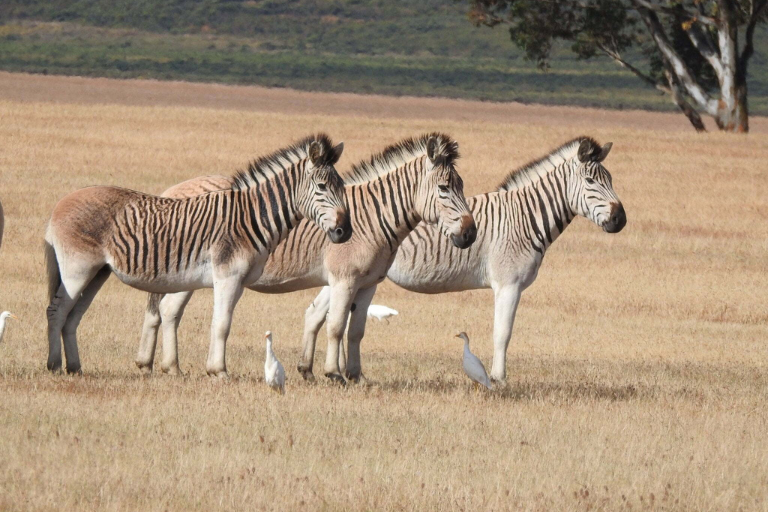
The quagga, a subspecies of the plains zebra, became extinct in the late 19th century. Selective breeding techniques, aiming to reverse-engineer quagga-like traits, are being employed to resurrect this distinctive striped equid.
6. Northern White Rhino (Ceratotherium simum cottoni)
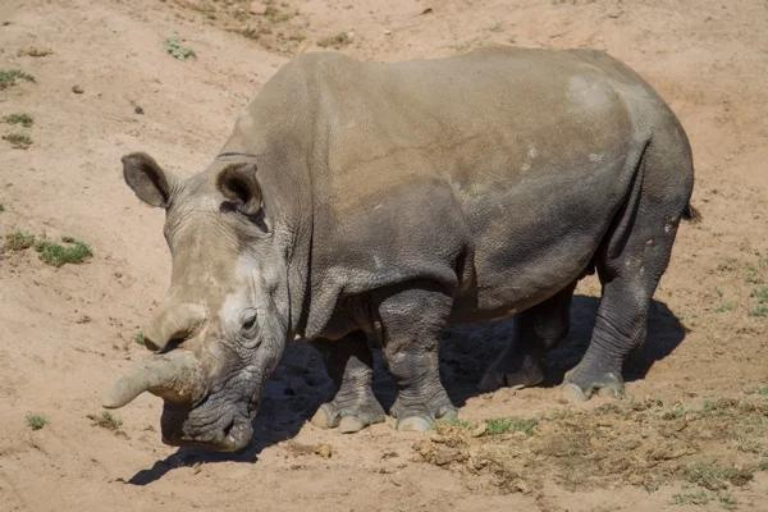
With only two females remaining and both unable to reproduce naturally, the northern white rhino faces imminent extinction. Scientists are exploring assisted reproductive technologies, such as in vitro fertilization, to save this subspecies.
7. Dusky Seaside Sparrow (Ammospiza nigrescens)
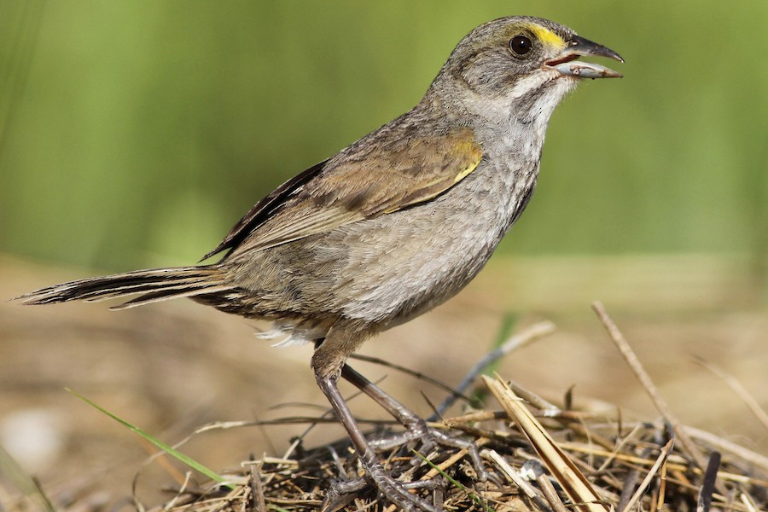
Once abundant in the salt marshes of Florida, the dusky seaside sparrow was declared extinct in 1990. Genetic methods are being considered to revive this bird, offering hope for the restoration of its unique ecological role.
8. Steller’s Sea Cow (Hydrodamalis gigas)
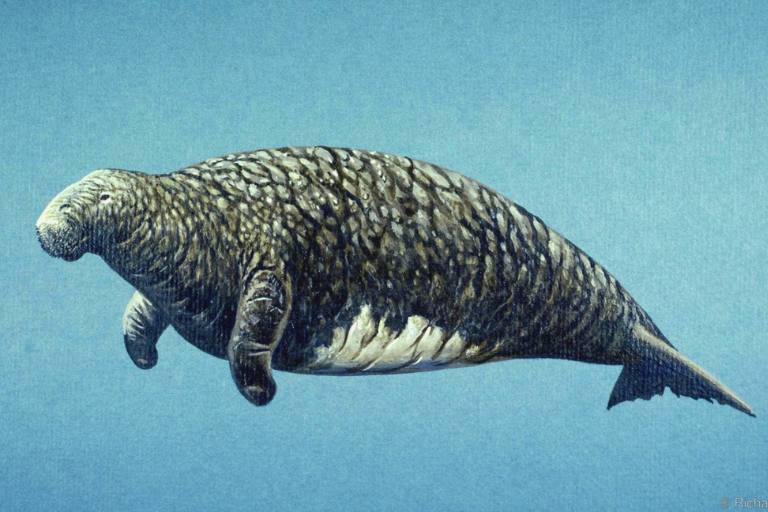
Discovered in the 18th century and extinct by the 18th century’s end due to overhunting, Steller’s sea cow could be resurrected through genetic engineering. This massive marine mammal could once again roam the seas with careful conservation efforts.
9. Carolina Parakeet (Conuropsis carolinensis)
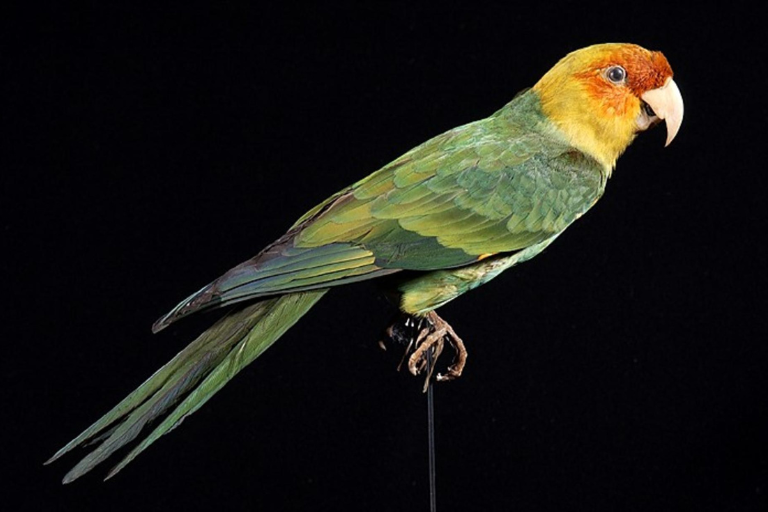
The vibrant and social Carolina parakeet vanished in the early 20th century due to habitat destruction and hunting. Scientists are exploring genetic techniques to potentially bring back this charismatic bird and reintroduce it into suitable habitats.
10. Javan Tiger (Panthera tigris sondaica)
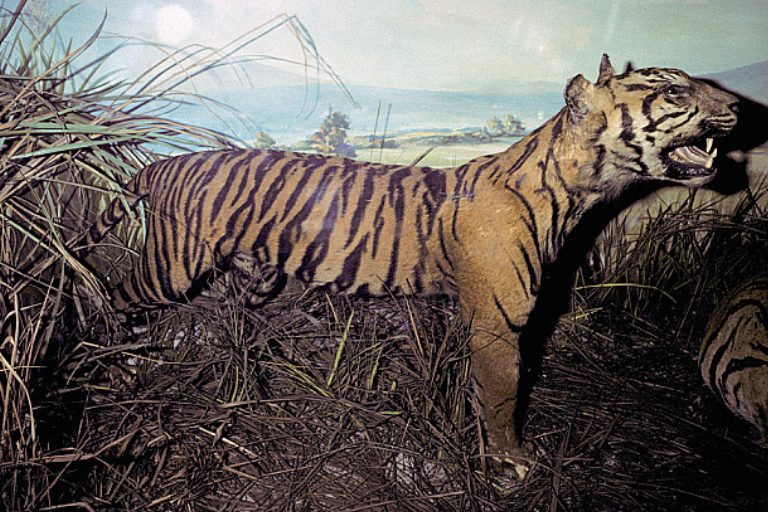
Declared extinct in the 1980s, the Javan tiger might see a resurgence through advanced cloning techniques. Efforts are underway to extract DNA from museum specimens, offering a glimmer of hope for the revival of this Indonesian subspecies.



GIPHY App Key not set. Please check settings